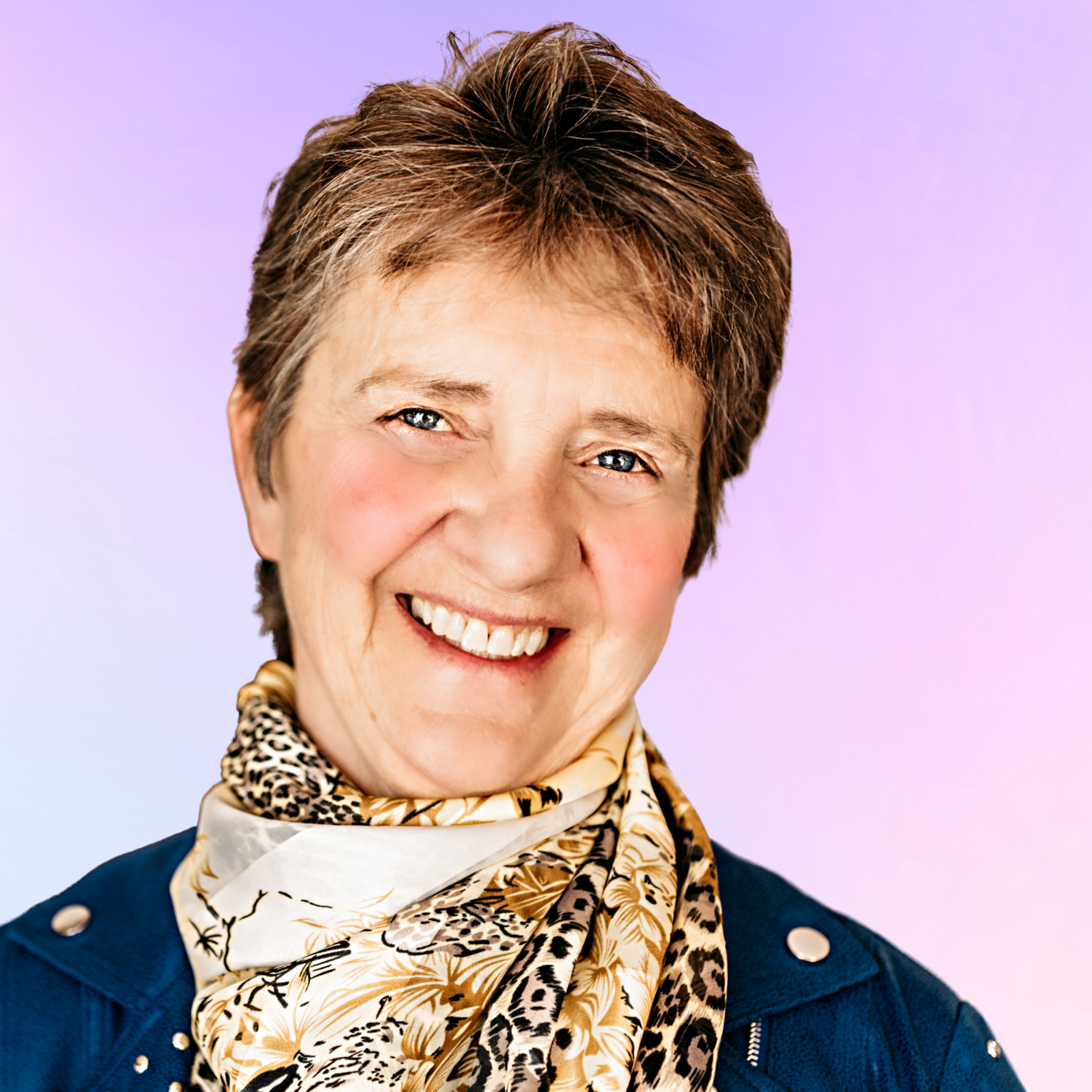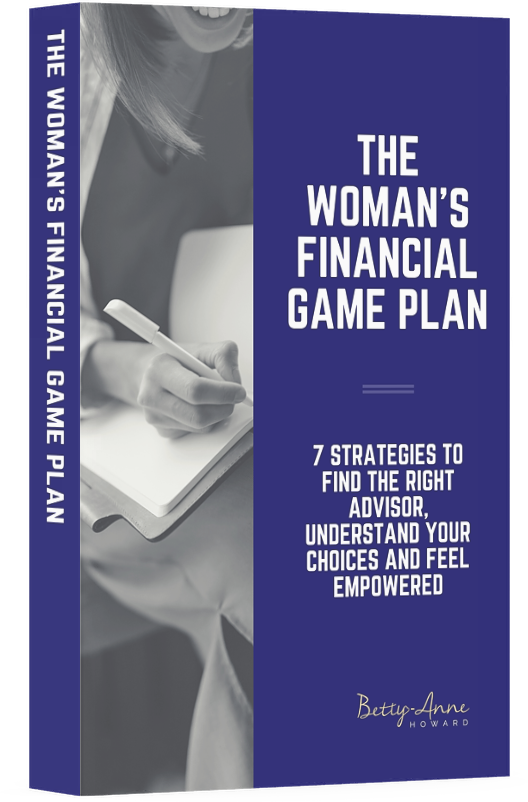
How do we boost donor acquisition and encourage planned giving? How do we find new donors and motivate donors to give more?
These questions have always been top of mind for Canadian charities. But now more than ever, charities are struggling to figure out how to continue to deliver their mission in a world that has dramatically changed.
Canadians Want To Give
According to the recent report on current trends and opportunities in legacy giving by the CAGP, 82% of Canadians report that they give to charity every year. And yet only 5% end up creating a gift to charity in their will.
Clearly there is a huge opportunity here for charities to bridge the gap between Canadians’ desire to give, and their understanding of how planned giving can provide the impact and the ROI they desire.
A New Model For Philanthropy
As a Certified Financial Planner for over 20 years, and also a Planned Giving Consultant, I specialize in strategic philanthropic planning and charitable giving.
Over the years, I have realized that when I engage in meaningful conversations with my clients and others about charitable planned giving it results in a shift in mindset which ultimately leads to more money being directed to their favourite charities.
My purpose in life is to be a part of building a world we can all be proud of which includes directing an additional $5 million to charities on an annual basis and I want others to join me in this mission.
In creating a new model for philanthropy I hope to help build a better understanding of the possibilities within the charitable giving sector, not only for the charities themselves, but for the people who want to foster change in the world by donating, and especially within the Financial Planning industry so that we can all work together towards a better world.

Understanding The Types Of Donors
We know that Canadians want to give, so one way to approach the problem of how to increase charitable donations is to understand the different types of donors, and what motivates them to give.
In my many years of working as a Philanthropic Financial Planner, I have found that most donors fall into one of 3 categories – the precontemplators, the investors, and the aspiring philanthropists.
The Precontemplators
Most charities are focused on their current donors, but there are missed opportunities for the group I call the pre-contemplators. This term comes from the cognitive behavioural psychologist Dr. William Miller and his work on motivational counselling. I used to teach his work at both Queen’s University and St. Lawrence College.
These potential donors haven’t even thought about giving yet – it’s not on their horizon, but with the right contact and motivation they can be moved towards donating.
The Investors
These potential donors seek a return on their investments, first and foremost. They are often who we think about first when we consider potential donors and usually make up the largest group. Investors want a tax strategy, and their donations are primarily about making money to fit with their overall life and personal goals.
Aspiring Philanthropists
The third group of potential donors are Aspiring Philanthropists. This group continues to grow, especially as the Millennial generation matures.
These potential donors have some money or assets somewhere, and their objective is to have an impact in this world, to leave a legacy or to make a positive change. They have a purpose when it comes to the causes they want to support and they want their money to have the maximum impact that it can.
Aspiring Philanthropists can be further divided into 4 main groups, each with their own unique issues when it comes to motivating them to give.
#1 – Advice Seekers
The first group are the people who speak to their Financial Advisor when they first think about donating to charity. They have some money and assets, and they want to give, but they’re not sure how to do that so they seek advice.
They are looking for help with a strategy – they want to be advised on how much they can give, what are the best ways to do so, and how that will impact their financial situation. Will they still be ok if they give?
#2 – DIY Philanthropists
These folks are Aspiring Philanthropists who tend to research their own options. They go online, talk to their friends and acquaintances, and do research to figure out where they are going to donate their money. They don’t necessarily seek advice from their Financial Advisor, they prefer to make decisions based on their own research.
#3 – Emotional Givers
Emotional Givers have a specific charity in mind to donate to. Usually, they choose this charity because of personal reasons or connections such as a particular disease that has affected their family, or a heartstring attachment to a cause like animals, or a concern for the environment, for example.
Typically Emotional Givers tend to make quick decisions on the spot based on their emotions and will go to their bank account, wallet or chequebook, take out their money and give it to their favourite charity spontaneously.
#4 – The Not-Yet-Ready Givers
The fourth group of Aspiring Philanthropists I call the Not-Yet-Ready Group. They are the ones who know they want to give back, they have some resources but they don’t really know where to start and so they abandon the project.
These people may be researching options but they get overwhelmed and worried about where they should make their donation (which charity), what form it should take, how to do it, and what the best way would be. They don’t know how to get started so it always ends up being – not yet, I’m not ready yet. Giving becomes a maybe someday thing and they carry on with their lives.

Understanding Charitable Donation Benefits – ROI, Impact and Tax Strategies
Now that we’ve discussed the types of donors, let’s look at the priorities that motivate them to give.
Donors prioritize the benefits of planned giving differently, and this can help charities open up discussions that meet the potential donors where they are and move them towards giving.
Investors typically are most concerned with ROI, or Return On Their Investments. Secondly, they are concerned with tax strategies, and finally, they consider the impact of their giving.
Aspiring Philanthropists prioritize impact first, tax strategies second, and ROI third (if they even consider the ROI benefit).
This is an important point – often aspiring philanthropists may not even give outside of the basic charitable giving tax receipt, and this is a huge missed opportunity. Education around how giving even more to charity can result in giving less to the government is a key factor in increasing donations.
Pre-Contemplators may be interested in any of these 3 benefits, but they have yet to consider them. They are unaware of the possibilities. Here we have an opportunity to connect the dots and educate about the potential benefits of charitable giving.
Potential Barriers To Donating
Understanding the types of donors and their priorities leads us to a discussion of the barriers to donating. Charities that can address these barriers have a greater opportunity to attract new donors and increase their strategic charitable gift-giving amounts.
The barriers to donating are different for each type of donor:
Advice Seekers
Advice seekers tend to consult with their Financial Advisor, and this can be a barrier to donating. Financial Advisors are paid by the amount of money that is invested. When Advice Seekers ask about donating, Financial Advisors can see that as less income for them, and so they advise against it. Sadly, I have seen this happen time and time again in my industry.
Financial Advisors will discourage potential donors from donating because their primary objective is the client’s ROI. They will discuss tax strategies but there is little focus paid to a client’s philanthropic aspirations, and actually, these questions almost never come up.
The FA’s primary job is to make sure the client gets the highest ROI based on their time frame, risk level, and objectives, the best tax strategies to maximize that return on their investment, and the impact of charitable giving does not factor into it.
Another problem advice-seekers encounter with their FA is their lack of knowledge of the philanthropic and legacy world. Most advice-seekers come to them with ROI as their primary goal, and so most FA’s concentrate on that and are unaware of their client’s potential interest in leaving a legacy and philanthropy.
A FA who is not familiar with charitable giving opportunities will not want to put their client’s money there because it feels like a risk, the money is going into a world they don’t understand and they feel it’s not their role to advise on legacy or philanthropic goals.
DIY Philanthropists
Related to my point above, DIY philanthropists may understand that their Financial Advisor is not equipped to advise on their legacy goals, so they become their own advocates and piece together information for themselves.
This becomes a barrier to giving because they decide to not touch their investments, but instead, they will use other assets, cash in the bank, etc, and they make their own decisions about where their nest egg should go.
DIY Philanthropists miss out on the opportunity to reap all the benefits they might have had, and to actually achieve the impact they are seeking if their decisions aren’t sound. At the end of the day they also miss out on potential ROI because that is not their focus.
Emotional Givers
Emotional Givers have much the same barriers as the DIY Philanthropists above, they go directly to their favourite charity to give, and because of the lack of financial advice, their impact can be minimal.
Their decisions are primarily emotionally driven, so there is little thought given to the tax implications which can affect the overall donation amount, and ROI doesn’t even enter into it because they are not focused on this.
The Not-Yet-Ready Givers
The barriers here are obvious – these potential donors keep on putting off making decisions because of uncertainties about their financial situation, so they do nothing. There are therefore no donations made, and of course no impact, tax savings, or ROI.

Donor Attraction Strategies And Solutions
Understanding the types of donors, their priorities and their barriers to giving is the beginning of a new model for philanthropy. At the heart of this model are new strategies to attract donors based on their type and motivation.
From my extensive work with both the financial planning industry and the philanthropic world here are 4 strategies you can consider to attract new donors, and increase planned giving from your current donors.
Strategy #1 – Engage the Pre-Contemplators
Pre-Contemplators need information to move them to the contemplation stage and to ultimately taking action. It’s important to help them begin the process to think about giving and its impact.
One of my favourite things to talk about is charitable giving and philanthropy. But often I find those topics appear out of reach for so many, who are either doing ok (but oh so busy) or struggling to juggle their lives and their finances.
For the Pre-Contemplators – legacy, philanthropy, charitable giving – it’s just not on their radar.
Recently when I was reading Barack Obama’s book what struck me was how he spoke about people sending in $5, $10, or even $20 and how that amounted to millions.
Engaging the pre-contemplators with similar messages about how very little can add up to a lot can be a powerful strategy.
Here’s another example – let’s think about the population of Almonte and District with approximately 3,500 residents over the age of 18 (a small community). What if everyone gave $10 each? There would be $35,000 that could be used for COVID19 health and safety equipment, or could provide over 11,000 meals to those in need, or even fund a second stage shelter for battered women for a whole year.
These are real and meaningful results from their $5 or $10, and this can lead to a mindset shift.
Encouraging pre-contemplators to start a conversation about charitable giving with their community, group, coworkers, or family can start the ball rolling. Help them to imagine the impact they could have and what a difference they could make in their community and the lives of others.
Strategy #2 – Collaborate and use shared resources
Collaboration between charities will be a key donor attraction and fundraising strategy for 2021, and it requires a willingness to collaborate and utilize shared resources. Within these rapidly changing times, charities that can see new opportunities and collaborate will move ahead.
For example, I recently was able to connect a swim program for children with disabilities with another charity that provides services to people with disabilities. Everyone was excited about the possibility of collaboration and approached the discussion with an abundance mindset.
When we imagine the possibilities, new horizons open up. Potential donors themselves are also seeking charities who can increase their impact and effectiveness through collaboration because it facilitates efficiency, growth, and sustainability – key factors donors are evaluating when deciding where to donate.
Strategy #3 – Deliver the key message that a gift to charity does not mean less for their loved ones
The CAGP Report highlights the #1 barrier that both investors and aspiring philanthropists have which is they want to make sure first and foremost that their families are taken care of. Charities that can address this barrier and provide solutions will attract more donors and larger donations.
Often donors feel they have to choose between charities and their families, and they worry that leaving a gift in their will takes away from what their family will receive. In fact, leaving a gift can often enhance the gift to their families, but donors aren’t aware of the tools that can be used to achieve this.
Financial Advisors are ill-equipped by their training and how they are paid to be able to take the time to engage in the conversations required – asking questions about legacy and planned giving – nor do they feel confident that they understand the variety of tools available and how best to apply them in each different situation.
This leads us directly to strategy #4, which is…
Strategy #4 – Connect Investors and Aspiring Philanthropists with a Philanthropic Financial Planner
What exactly is a Philanthropic Financial Planner?
A PFP is a planner who wants to see an ROI but within the context of the client’s “Return On Life” – they want to help people get the maximum return on life by maximizing their impact, as well as their tax strategies.
The Philanthropic Financial Planner has a philanthropic or legacy position of their own, personally and through their business. They want to help clients use their money to maximize their impact, but also they want to maximize a client’s ROI, not just with the intention for personal financial growth but also with the intention to take that ROI maximization and even further enhance their charitable donation impact.
Because the world of philanthropy can be a vast and confusing place, a Philanthropic Financial Planner has the training, affiliation and skilled experience to understand the complex nuances of planned giving, and is usually a Planned Giving consultant.
Charities who work closely with a PFP can reap the benefits of helping their donors understand that a gift to charity does not have to mean less for their loved ones, breaking down the #1 barrier to planned giving.

Conclusion
In the rapidly evolving world of philanthropic and charitable giving, it’s important to develop donor attraction strategies based on data and experience.
We know that ⅔ of Canadians are not interested in leaving a charitable donation in their will because they don’t believe it’s possible to support both charity and family. These investors and aspiring philanthropists can be reached by clearly defining what is possible, and working closely with a Philanthropic Financial Planner.
Community, shared resources, and engaging in innovative programs for the pre-contemplators are other ways that charities can attract new donors, and re-engage those they already work with.
At the moment 5% of Canadians actually leave a gift in their will – but more than ⅓ of Canadians are interested in doing so. This means we have a great opportunity to bring about a major change for the better in our world by increasing planned giving.
As a dedicated Philanthropic Financial Planner, I will continue to build on this new model for philanthropy and legacy planning using imagination and thinking outside the box while incorporating what we currently know about planned giving.
If you would like to talk further about how collaboration and partnership would benefit your charity, let’s talk.
_______________________________
Did you enjoy this article? You might also enjoy…
Charitable Giving During Covid: Intuition, Imagination and Aligning Your Values
Interview with Paul Nazareth, VP Education and Development, Canadian Association of Gift Planners
Interview with Mary Lynne Stewart, National Director of Philanthropy, March of Dimes Canada






0 Comments